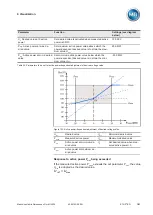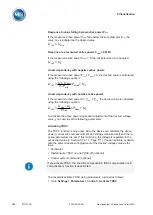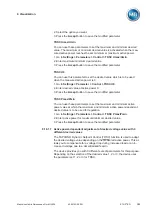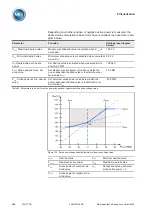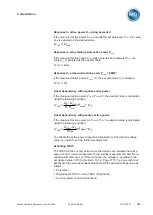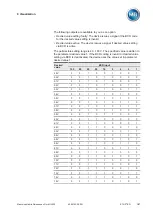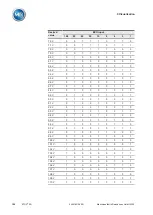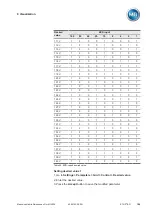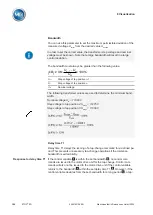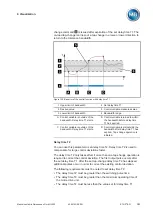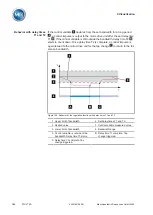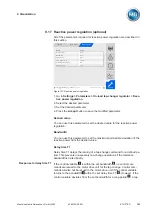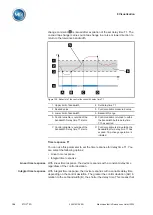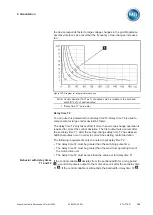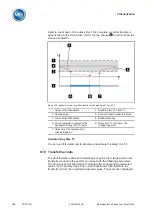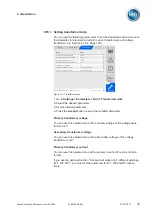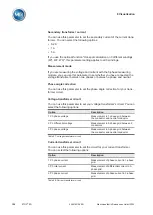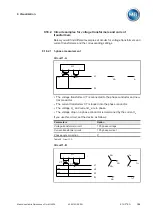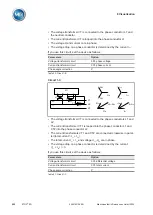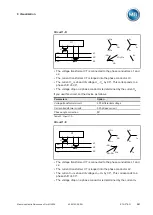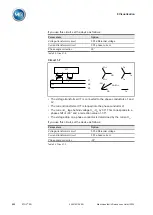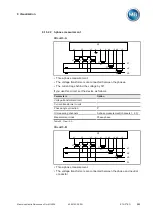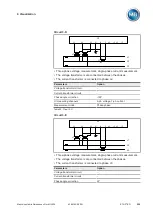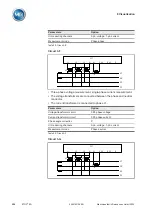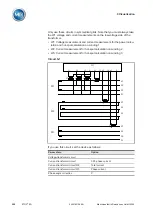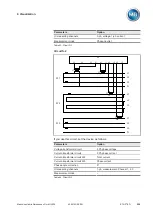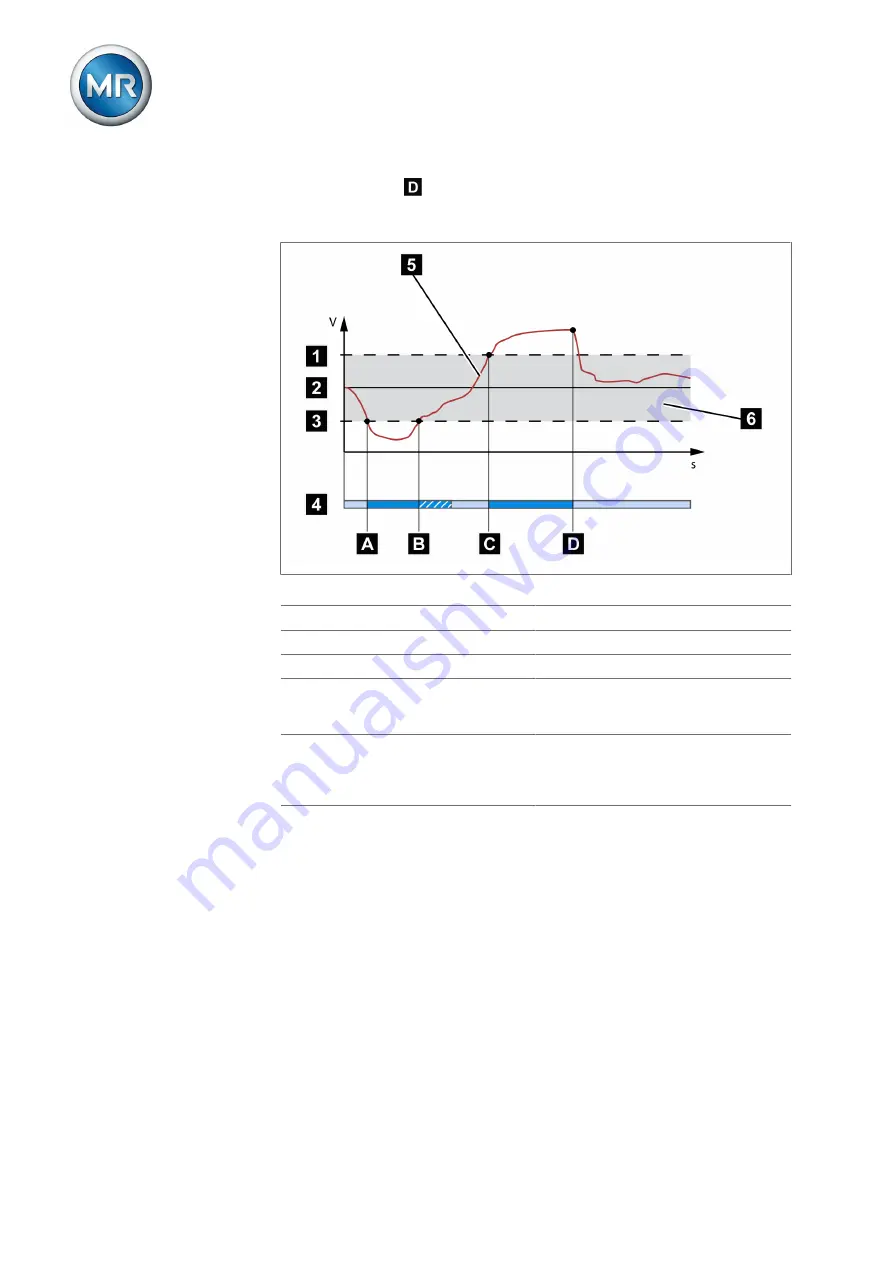
9 Visualization
Maschinenfabrik Reinhausen GmbH 2020
194
6385142/08 EN
ETOS
®
ED
change command
is issued after expiration of the set delay time T1. The
on-load tap-changer carries out a tap-change in a raise or lower direction to
return to the tolerance bandwidth.
Figure 138: Behavior of the control function with delay time T1
1 Upper limit of bandwidth
4 Set delay time T1
2 Desired value
5 Control variable measured value
3 Lower limit of bandwidth
6 Bandwidth range
A Control variable is outside of the
bandwidth. Delay time T1 starts.
B Control variable returned to within
the bandwidth before delay time
T1 has expired.
C Control variable is outside of the
bandwidth. Delay time T1 starts.
D Control variable is still outside the
bandwidth after delay time T1 has
expired. Tap-change operation is
initiated.
Time response T1
You can use this parameter to set the time response for delay time T1. You
can select the following options:
▪ Linear time response
▪ Integral time response
Linear time response
With linear time response, the device responds with a constant delay time
regardless of the control deviation.
Integral time response
With integral time response, the device responds with a variable delay time
depending on the control deviation. The greater the control deviation (ΔU) in
relation to the set bandwidth (B), the shorter the delay time. This means that


